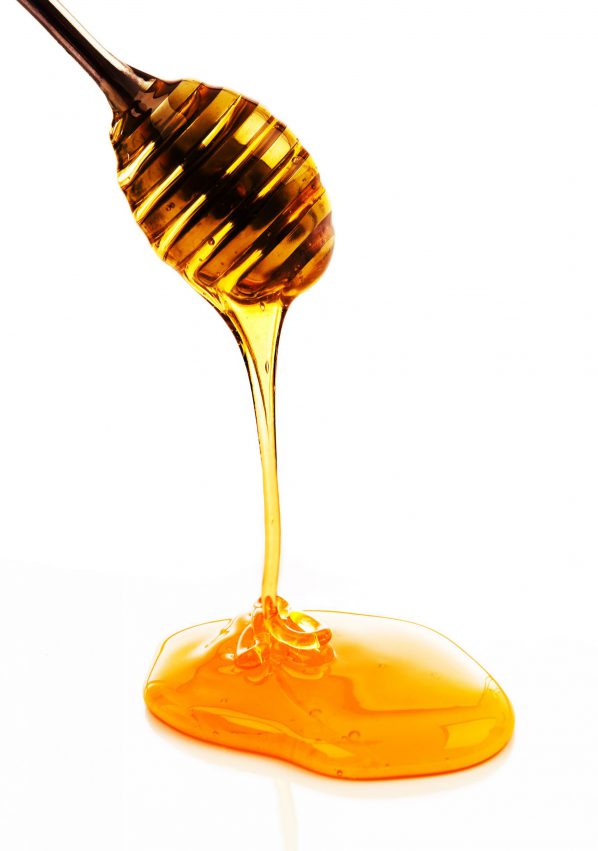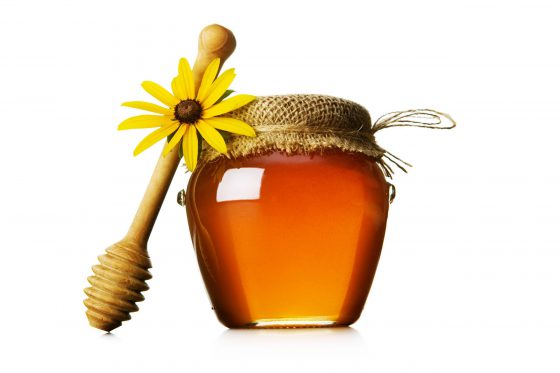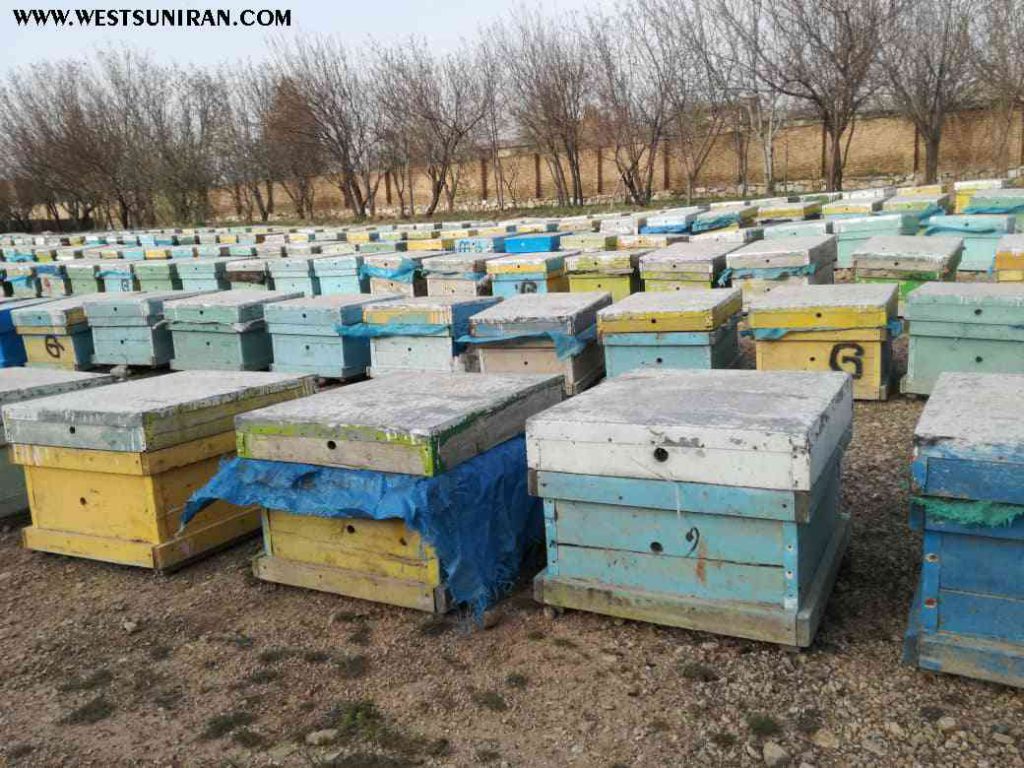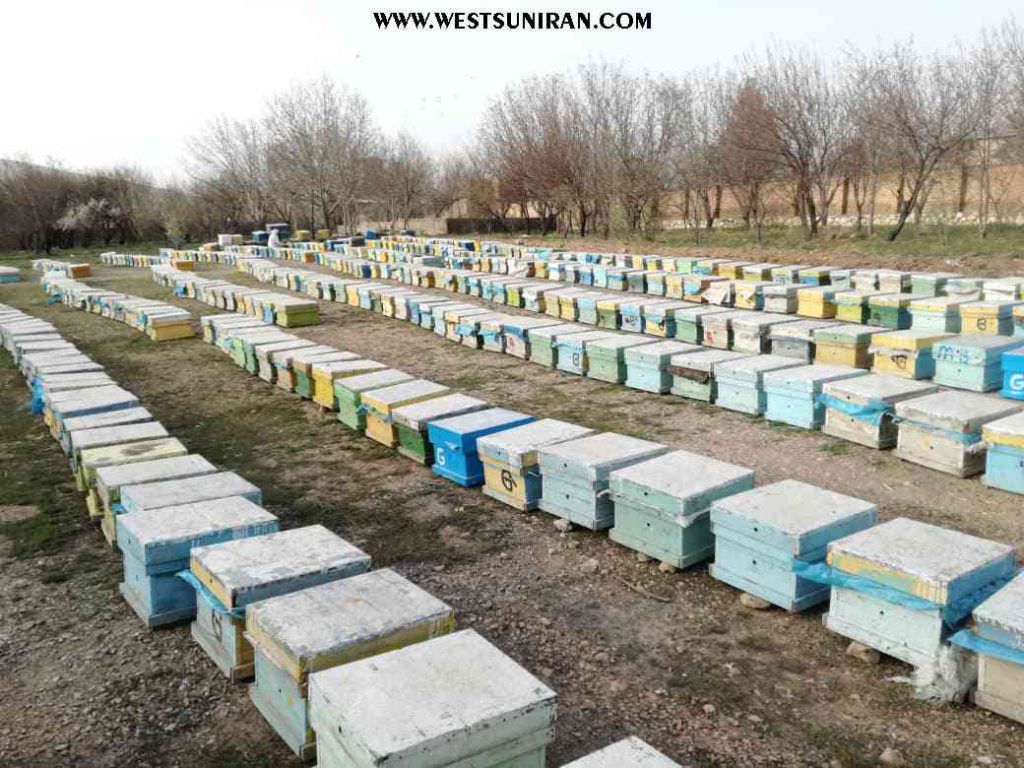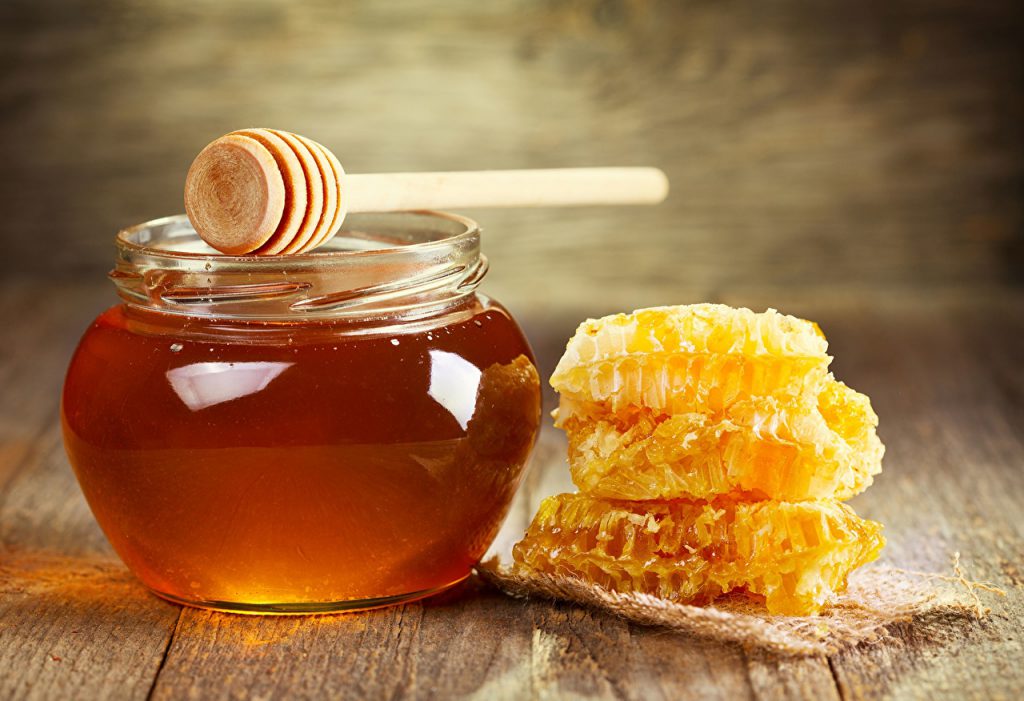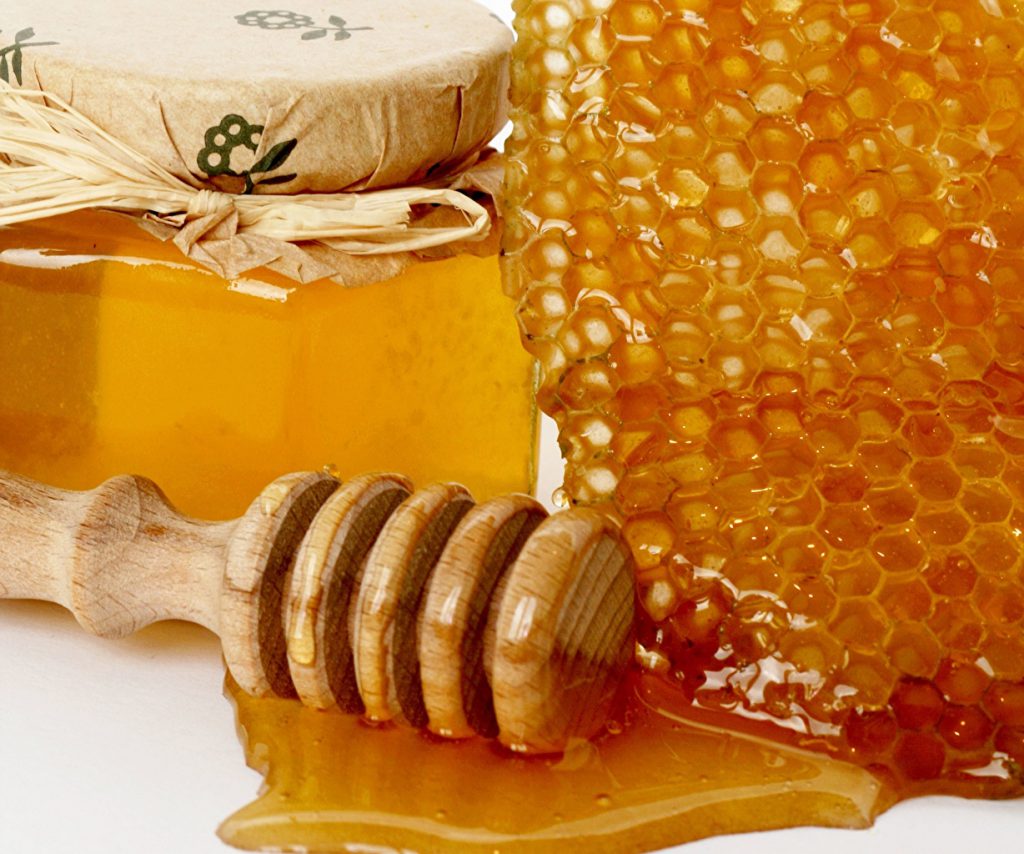If you are looking for alternative medicines to treat your asthma, you can include honey in your daily life. The properties of honey for asthma treatment are better than other expensive conventional medicines. Honey gently cleanses the mucus in the throat. The various minerals and vitamins in honey, such as magnesium, manganese, selenium and amino acids, help clear the ducts in the lungs and soothe the membranes of the bronchial tubes.
To treat asthma, you can combine and use honey with water, lemon, cinnamon and cloves.
In most cases, an acute cough is caused by a cold or the flu or bronchitis virus and lasts for about three weeks. Antibiotics can be used to treat infections caused by bacteria. However, most acute coughs are caused by viruses that do not require antibiotics. Researchers in 2012 noted that honey contains more than 181 different natural substances and emphasize that its antioxidant and antimicrobial properties are the main reason for helping relieve cough.
Studies on honey have been shown to reduce the severity and duration of diarrhea. Honey also increases the intake of potassium and water, which is especially useful during diarrhea.
Research in Lagos, Nigeria, shows that honey also has the ability to block the action of pathogens that commonly cause diarrhea.
The use of honey as a treatment method is called “epitherapy” and includes treatments that restore energy, strengthen physical endurance and improve the immune system. This is why sports diet experts have for years advised athletes to include raw honey in their pre-workout or snack meals.
Recent research has shown that honey can reduce the upward flow of stomach acid and undigested food by covering the esophagus and stomach.
This has helped reduce the risk of gastroesophageal reflux disease (GERD). GERD can cause inflammation, acid reflux and heartburn.
Diabetes is a disease that anyone can experience, the pancreatic system is disrupted and it can not produce good insulin in the body. Insulin is good for regulating blood sugar levels in the body because too much sugar is not good for the body. Repeated experiments have shown that natural honey contains an oxidizing agent that facilitates the process of absorbing sugar into the blood and does not allow the percentage of sugar in the blood to rise.
Honey has been used as a skin moisturizer, exfoliator, antioxidant source, natural acne treatment and skin rejuvenation. It has anti-inflammatory, anti-bacterial and anti-fungal properties, which in addition to its excellent potential for a diet, has proven to be a natural skin care medicine.
Many home remedies believe that honey helps to heal the esophagus and reduce the symptoms of heartburn. Honey has been used in Ayurvedic medicine for thousands of years to treat a variety of ailments. Ahota honey has been very successful in treating gastrointestinal diseases, especially gastric reflux.
Over the past few decades, the clinical use of honey as a topical wound treatment has been revived. A body of evidence supports this claim, showing that honey heals wounds, kills bacteria, lowers wound pH, reduces chronic inflammation, and increases fibroblast penetration.
Honey has been used for thousands of years as a wound healing by indigenous cultures around the world. Archaeological finds and early written evidence indicate that the wounds were treated with honey by the ancient Egyptians, Greeks, and Romans.
Scientists believe that eating foods rich in tryptophan and foods that help the body produce normal serotonin and tryptophan may be a solution to insomnia. The importance of the hormone serotonin is that it calms the brain during sleep. Honey is effective in treating insomnia because it contains the amino acid tryptophan, which helps fight insomnia.
In 2010, scientists at the University Medical Center at the University of Amsterdam reported in the journal FASEB that honey’s ability to kill bacteria lies in a protein called defensin 1. In fact, the benefits of honey have been proven in the world’s oldest medical literature. It has been known since ancient times as an antimicrobial as well as wound healing activity.
The healing properties of honey are due to its antibacterial activity, moisturizing wound conditions, and its high viscosity helps to provide a protective barrier to prevent infection.
Cancer is one of the leading causes of death worldwide, and lifestyle and diet play a major role in it. Honey is an important source of biologically active compounds derived from plants and in recent years many studies have been done on the properties of honey for cancer prevention, in these studies the role of honey as an aid in the treatment and prevention of cancer Proven.
The World Health Organization recommends honey as a natural cough medicine. A 2007 study by Penn State Medical College found that honey reduced nocturnal cough and reduced sleep quality in children with upper respiratory tract infections to a greater extent than dextromethorphan cough medicine.
The best doctors of traditional medicine consider the use of natural honey as one of the ways to treat cough and prescribe single flower honeys and multi-plant honeys to improve cough and soften the chest and throat.
Honey is rich in antioxidants that help fight inflammation caused by bacteria. That is why it is used in making homemade face masks to fight acne. Because honey is safe, and most importantly, you know exactly what you put in the face mask.
Honey is a natural moisturizer that prevents premature aging with its hydrating properties.
Antibacterial: Honey fights bacteria on the surface of the skin and is very suitable for the spread of skin pimples.
Exfoliator: Removes dead skin cells to make skin more radiant.
Anti-inflammatory: Heals the skin and gradually heals wounds.
The properties of honey for hair care can make your hair shine and make your hair softer and healthier.
As honey is a conditioner, it also strengthens the hair follicles, which are responsible for hair growth. Proper use of hair nectar therapy can improve the rest of hair follicles in hair growth, analysts say.
We all know that honey tends to retain moisture in the scalp, and due to the antibacterial and antiseptic properties of honey, which protects your scalp from infection or psoriasis, resulting in dandruff and itching. Stay away.
Symptoms of fever include sneezing, runny nose, and puffy eyes. There are many medications that claim to treat the symptoms, some of which work better than other medications. A popular solution is to eat honey, which must be raw and organic. Alfalfa fever occurs every summer when plants start spreading pollen in the air, causing some people to become allergic.
